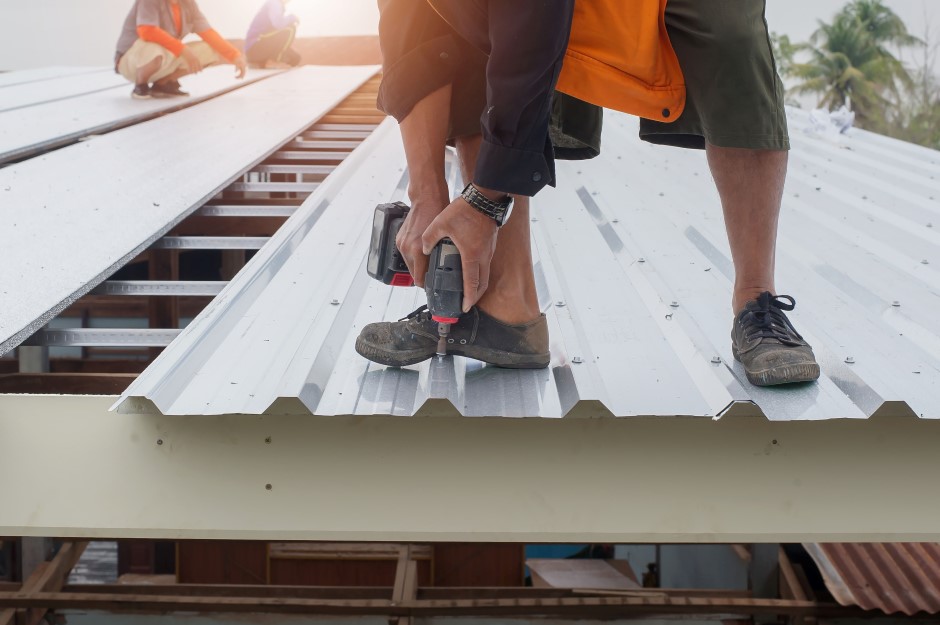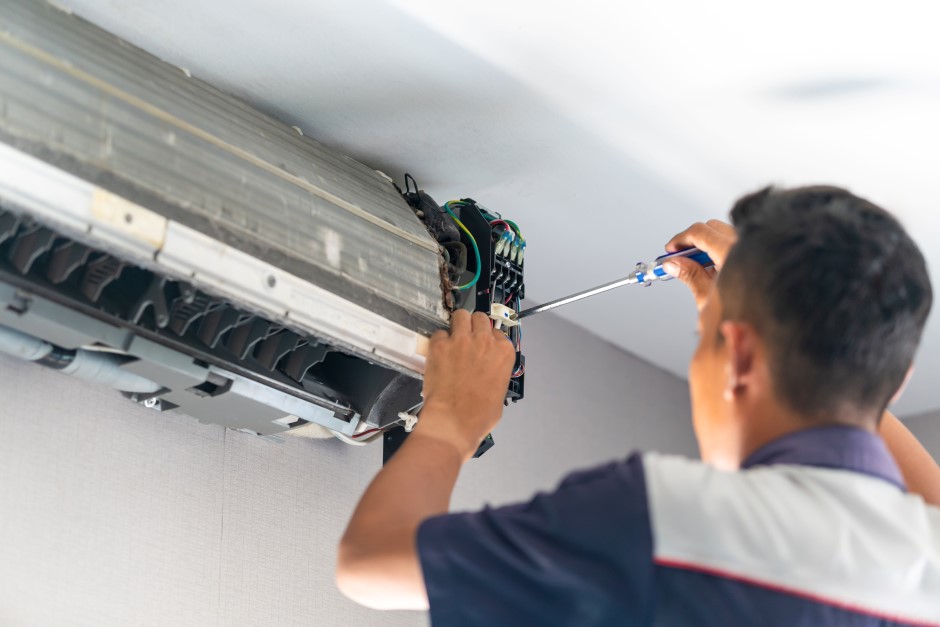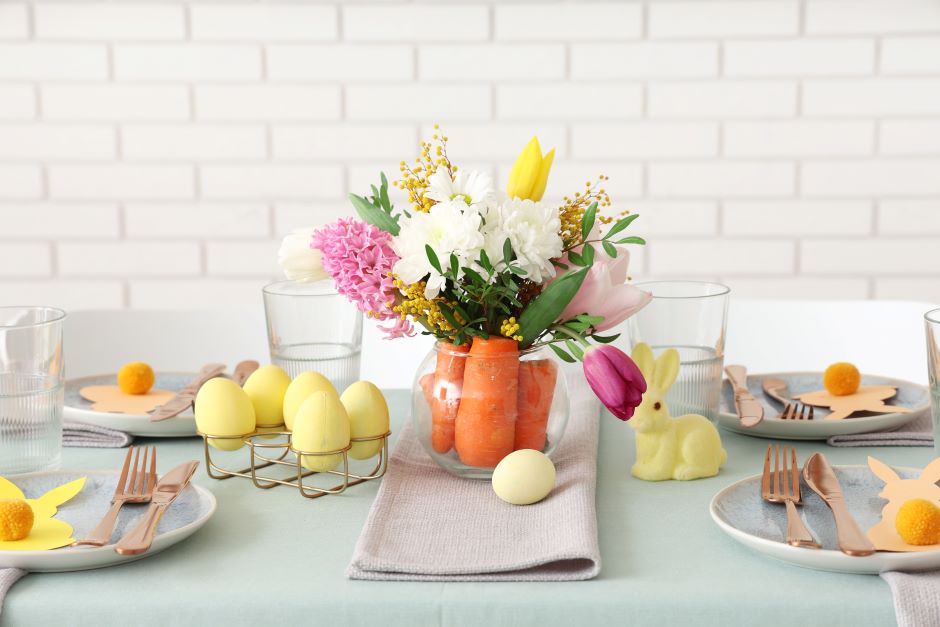Winter is one of the most difficult seasons for any homeowner. The snow and the cold weather create the perfect conditions for home damages. It’s not a surprise that many repairs tend to be done right after winter. But over the years, we have also learned how to prep our homes for the cold season.
This is not to say that winterizing a house will prevent possible weather-related damages. But it can go a long way in reducing the extent of wear and tear caused by the cold. In case you are planning to winterize as you get ready for the winter season this year, we have a checklist here for you that should help!
Check Your Fireplace
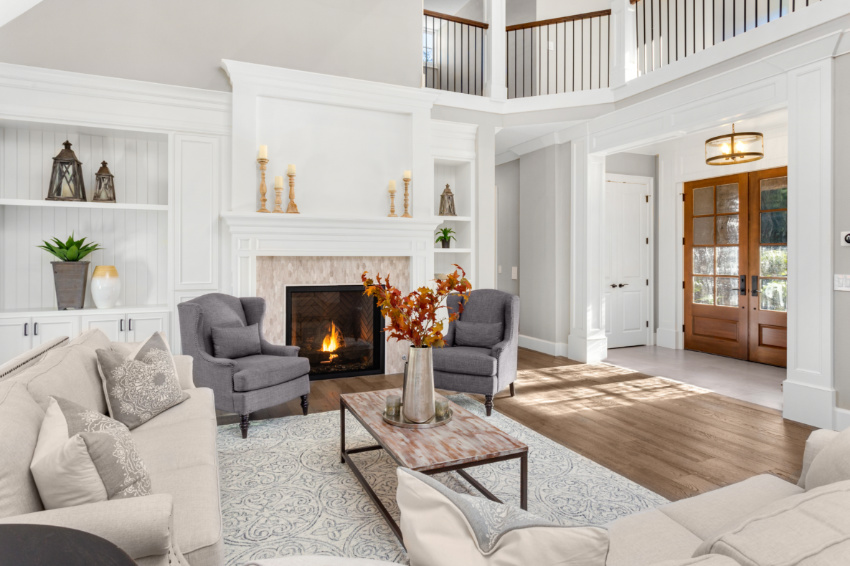
The only thing that will get us through the cold winter is a warm, cozy, and soothing fire.
When temperatures plummet outside, we owe it to ourselves to step up and provide the warmth we need at home.
This can only be done if your fireplace is working in good condition. Make sure it’s checked and if there’s anything wrong, fix it fast.
Protect Your Pipes
The main purpose of pipes as you know is to move water. However, when we start to hit freezing temperatures, even the water inside that pipe isn’t safe.
Soon enough, it will freeze and expand, putting extra pressure on the plastic pipes to a point where they will simply burst. This has two effects.
-
First, it limits the supply of water into your house.
-
Secondly, it means that a repair will be done during the cold winter, something that costs money.
However, you can save yourself a lot of trouble by working with home winterization companies to keep your pipes safe.
Keep the Cold Away
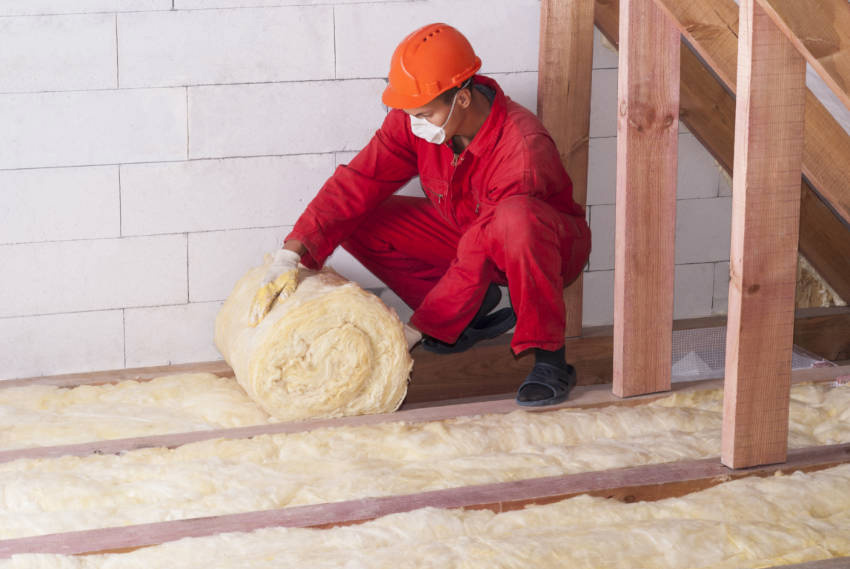
There’s no point in working so hard to heat your home only to let the cold air outside come in unabated. This won’t only make life inside the house unbearable but you’ll end up paying a lot of money in energy costs.
This is why when you winterize a house, you have to pay special attention to the insulation. This keeps the warm cozy air inside and the cold unbearable one out.
Bring in the Outdoors
Yes, we know that outdoor furniture is designed to overcome harsh outdoor weather, but cold winters can make even the sturdiest pieces vulnerable. Besides, you won’t be using outdoor furniture during cold months.
There’s therefore no reason why they should be out there. As you start to winterize pipes outside, make sure you also bring all your outdoor stuff, including furniture and tools inside.
Protect Windows from Heat Loss
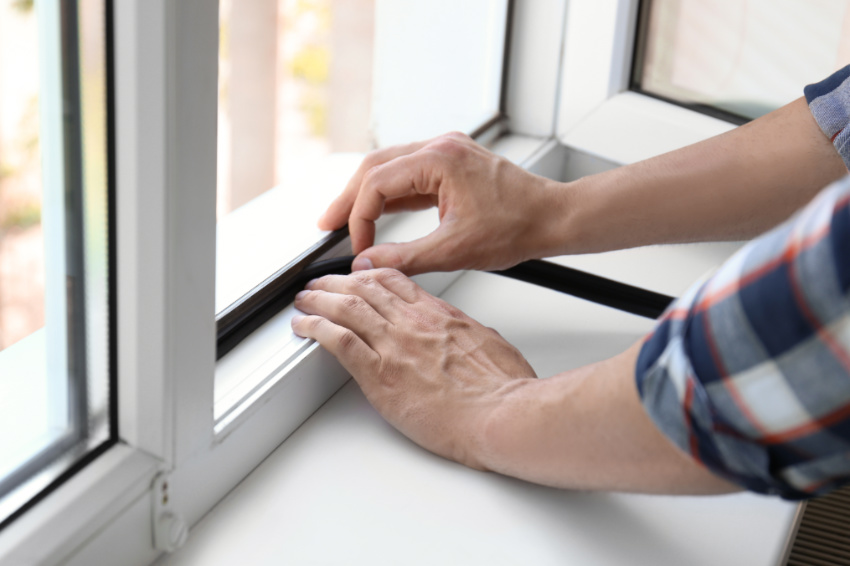
One place where your home is likely going to lose heat is through the windows.
Even small cracks or openings on window frames will have massive implications on the energy bills you will pay during winter.
Don’t take any chances. Carefully assess the windows and ensure any cracks or crevices are sealed off in all rooms.
Winterize Outdoor Equipment
While it’s advisable to bring all outdoor tools, equipment, and furniture inside, some things cannot be brought inside. Let’s say, for example, you run an outdoor generator.
It cannot be brought in and as such, you must make plans to winterize it as you winter proof your house.
This will ensure that even in the harsh cold weather, this outdoor equipment can continue working and will remain so for the entire duration of the winter.
Inspect the Roof
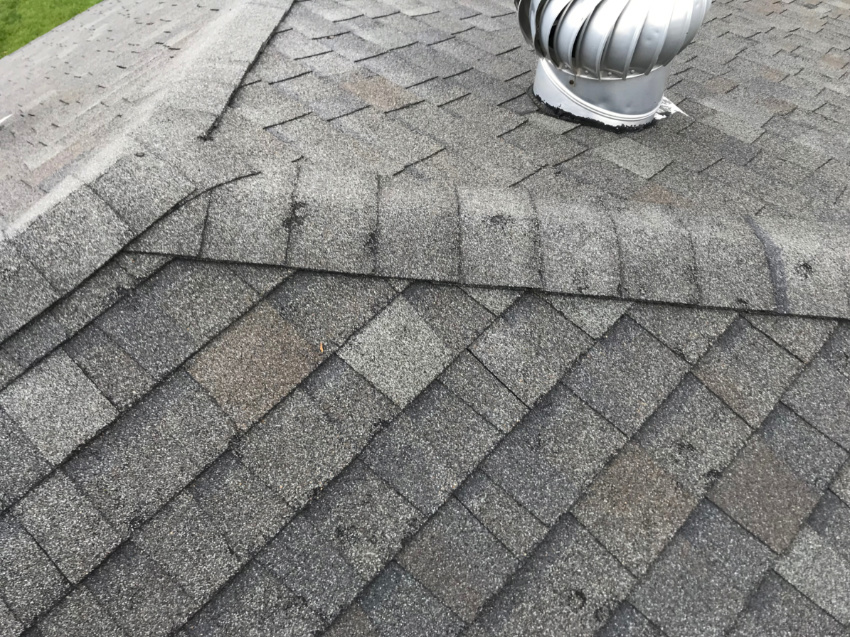
The falling snow will also accumulate a lot on your roof. This puts an extra strain that the roof is probably not used to. But you ought to make sure it can stand it.
Before the cold sets in, have a pro inspect the roof for any leaks or structural issues. The last thing you want is for your house to start leaking as the snow melts on the roof.
Contact a local insulation company to make sure your house will stay comfortable throughout the season!


